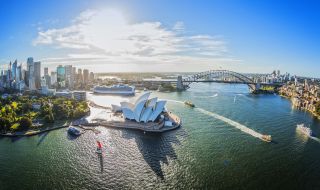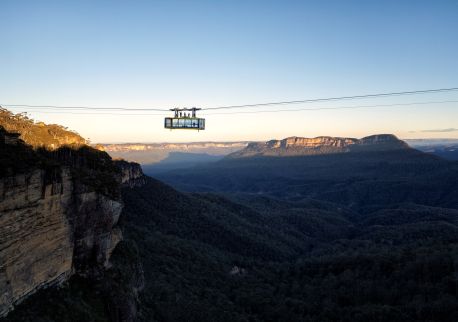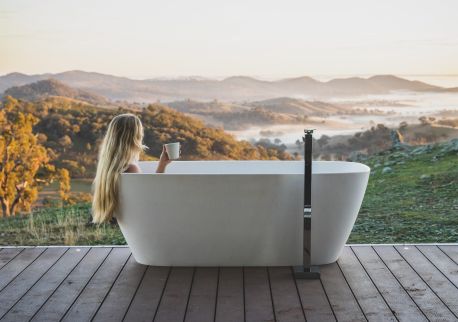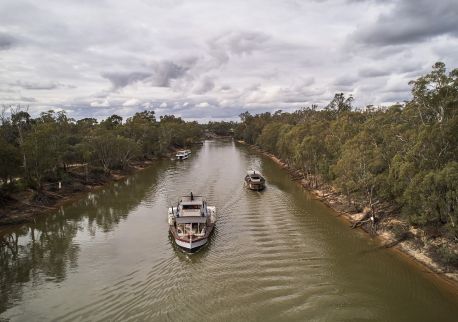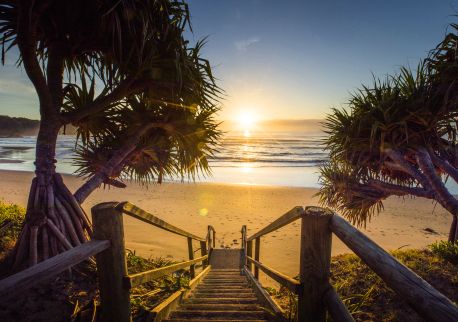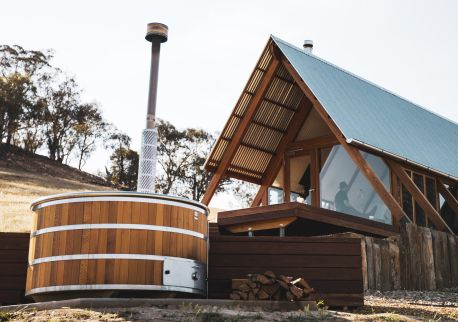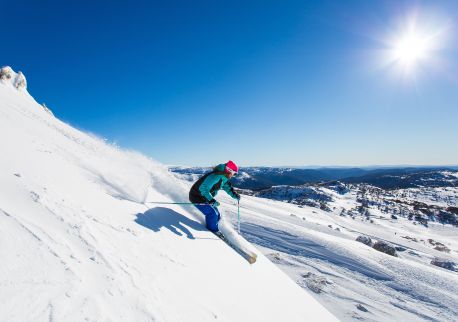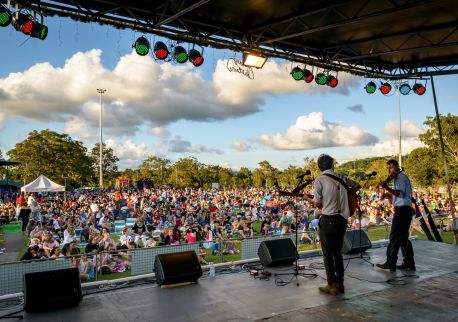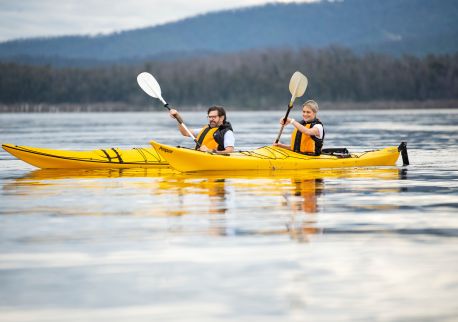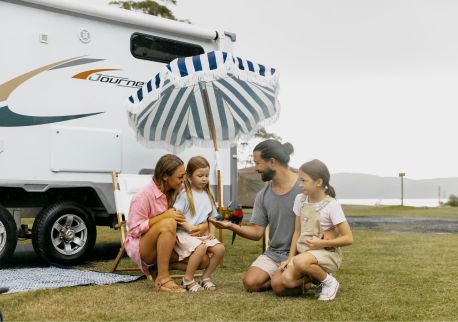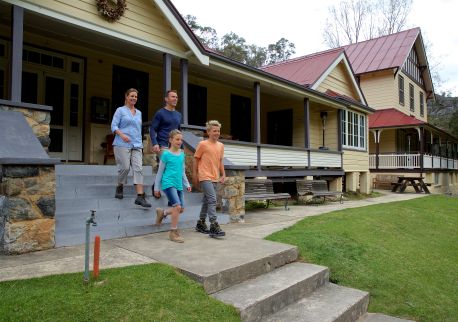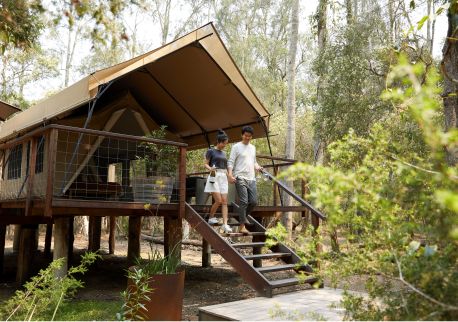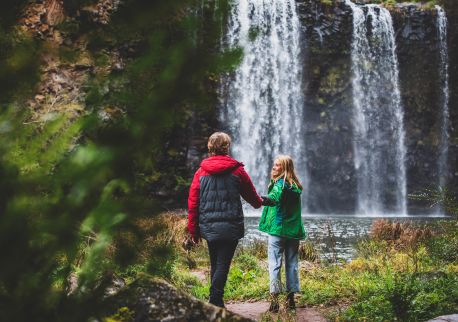St Hugh Hotel Wagga Wagga
Overview
Located in the footsteps of central Wagga Wagga, St Hugh Hotel is crafted for five-star comfort and is contemporary in design.
From weekend getaways to long stays, you can be sure of a cosy and restful stay amongst the buzz of Wagga Wagga’s many highlights. Surrounded by renowned Wagga restaurants, cafes, salons, shopping precincts and bars, the hotel’s convenient location makes it the perfect destination for corporate business visitors and discerning travellers alike.
Their friendly guest services team are available seven days and happy to assist with your accommodation requests.
